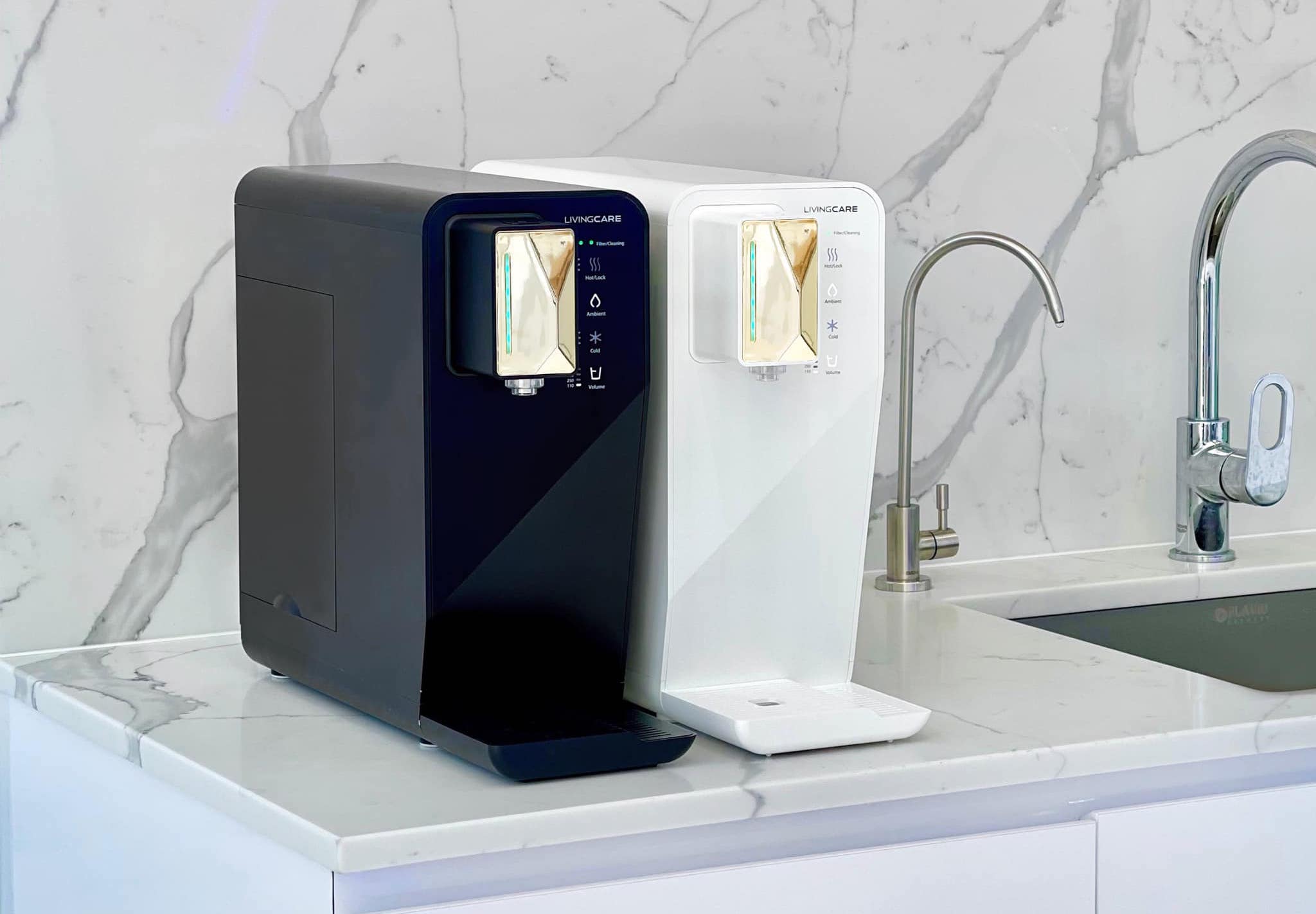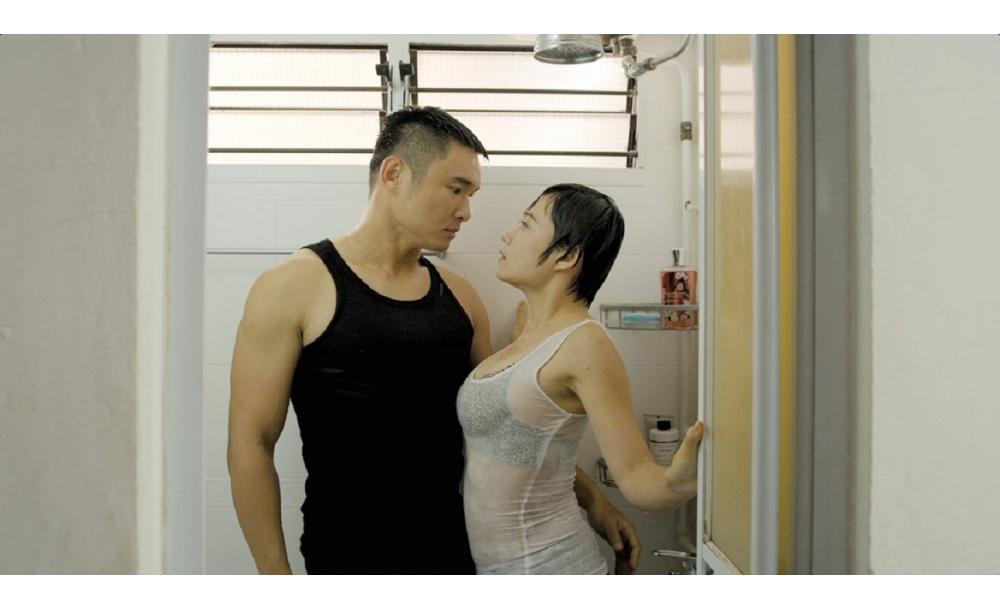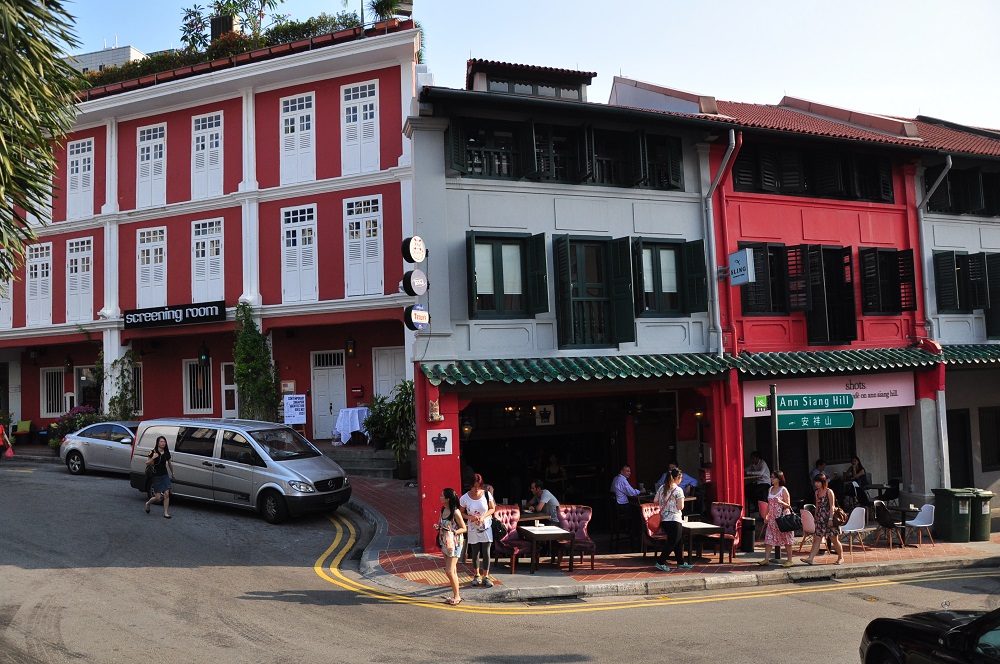Ten years on, and so much has changed. As Singapore’s annual LGBTQI rally/wholesome picnic Pink Dot spokesperson Paerin Choa said at a press conference yesterday (May 22): “The 10th year is a reflection of looking back”.
No matter what naysayers have to say, Pink Dot has been integral for a country where gay narratives were once limited. It’s easy to criticize that they don’t advocate enough, or are not hard-hitting enough, but it’s important to remember that it is, after all, a rally in Hong Lim Park to assert and promote the freedom to love; and to create conversations so that the LGBTQI community in Singapore is not muted.
Looking back, the first two years of the event were the toughest because media were unwilling to broach too far into this “taboo” topic. But by the third year, Choa had decided to take a leap of faith and become the official representative to speak to the press after Pink Dot garnered a lot of buzz on social media. And then there came the Wear White campaign in 2014, when a Christian group urged followers to wear white in protest of Pink Dot on the weekend of the event. For the first time, the organizers had to employ security to ensure the safety of all participants. “We will wear white until the pink is gone,” the group’s leader once said. But despite that, Pink Dot stands strong till this day.
In 2016, the organizers replaced torchlights with placards that participants could pen down their thoughts, wishes and hopes on. However, regulations for the Speakers’ Corner barred foreigners from the act of demonstration; they could attend but not raise the placards. Last year, the organizers almost cancelled the event altogether because of even more changes—only Singaporeans and Permanent Residents were allowed to participate, and the Singapore Police Force wanted a foolproof means of making sure of this. For the first time, the organizers had to heavy-heartedly resort to barricading Hong Lim Park on all sides, and attendees were required to have their ICs or passports and bags checked before entering. Nonetheless, the crowd was spilling onto the bridges, the entrance of Clarke Quay MRT and across the streets from the park.
Also, the Ministry of Home Affairs stated that foreign entities were not allowed to fund, support or influence events at Hong Lim Park, which took away significant funding for Pink Dot. And that’s when Darius Cheung, founder of property listing start-up 99.co started the Red Dot for Pink Dot campaign where local firms could help to sponsor the event.
This year’s biggest challenge, thankfully, isn’t too dramatic. The Telok Ayer Hong Lim Green Community Centre will be going through renovations this year, which means the stage where performances are usually held won’t be available for use. Year after year, the performances have been getting bigger and more substantial, and they’re not looking to downsize it just because of this. They’re planning to build their own stage, which makes up the bulk of the increase in cost of organizing the event. On top of the usual audio-visual equipment, screens, barricades, security personnel and other costs, this brings the amount of funding needed to a five-figure sum. At the moment, there are about 65 corporate sponsors who’ve thrown their weight in for the Red Dot for Pink Dot campaign, but the organizers are hoping that more would come forward, as they understand that the past year “has been a challenging [one] for SMEs” and that it’s just the “realities of what’s happening in the economy” right now.
Nevertheless, the show must go on. Pink Dot will take place on Jul 21 at Hong Lim Park this year. After 10 years, Choa says that they “want to call on every Singaporean who seeks a more open-minded and inclusive Singapore to stand with [them], to say ‘We Are Ready’.” A strong message indeed, one that hopes to embrace and normalize diversity in Singapore, and to finally celebrate equality and inclusion.
On top of the usual festival tent, concert and light-up, there’ll also be PinkFest, a festival of privately-run programs, activities and events under the Pink Dot banner organized by businesses, groups and individuals from both the LGBTQI community and straight allies happening two weekends before the event. You can expect a film festival, parties, book launches (and relaunches), workshops, theater productions, brunches, social markets and so much more.

There are no new ambassadors this year. Instead, they’ve decided to bring back ambassadors from past years to celebrate the 10th anniversary of this landmark event. Another big change, besides the purpose-built tent, is the overall layout of Pink Dot 10. There’ll still be barricades, and you’ll be required to show your pink/blue NRIC or passport. However, there’ll only be one dedicated entrance, which will bring you to 12 different checkpoints, similar to how immigration at the airport is handled. Once they hit max capacity, they won’t be able to let anyone else in. So come early.
As for the campaign videos, they’ve kept in line with growing a bigger community presence. Instead of just one, there’ll be three community-led mini-documentaries by local filmmakers Christopher Khor, Quen Wong and He Shuming, which focuses on the on-going challenges by LGBTQI individuals and families. Check out the first one below:





